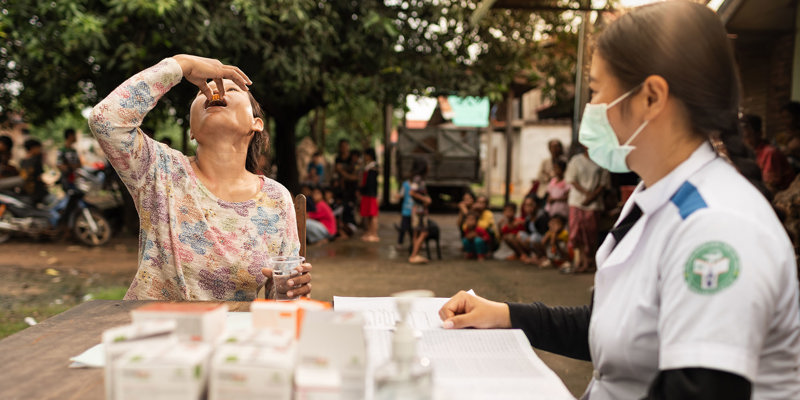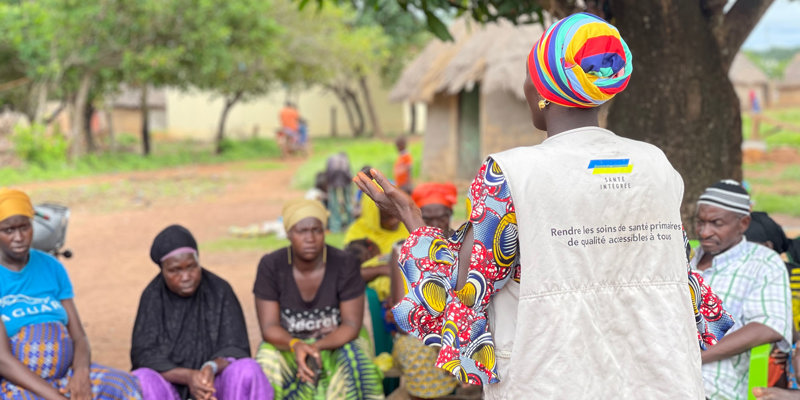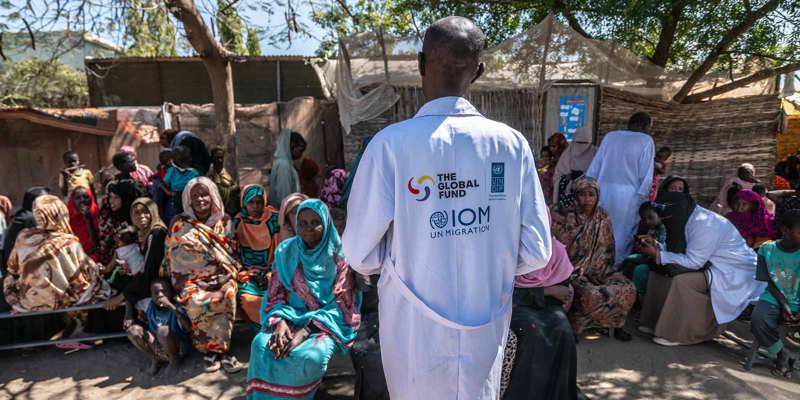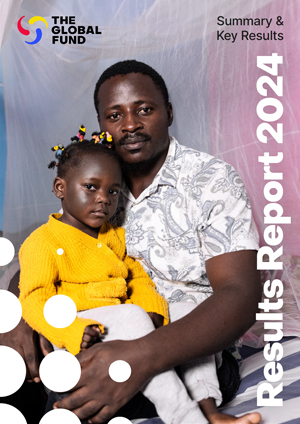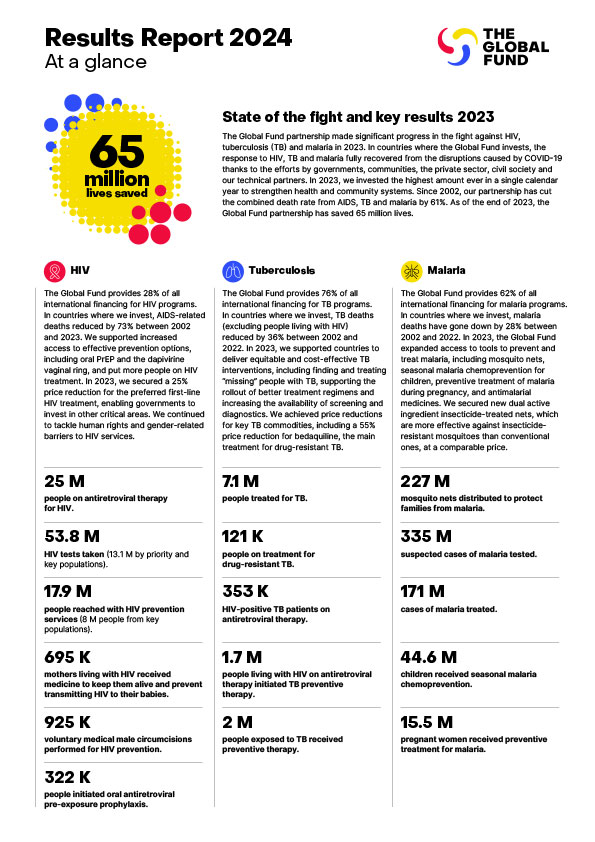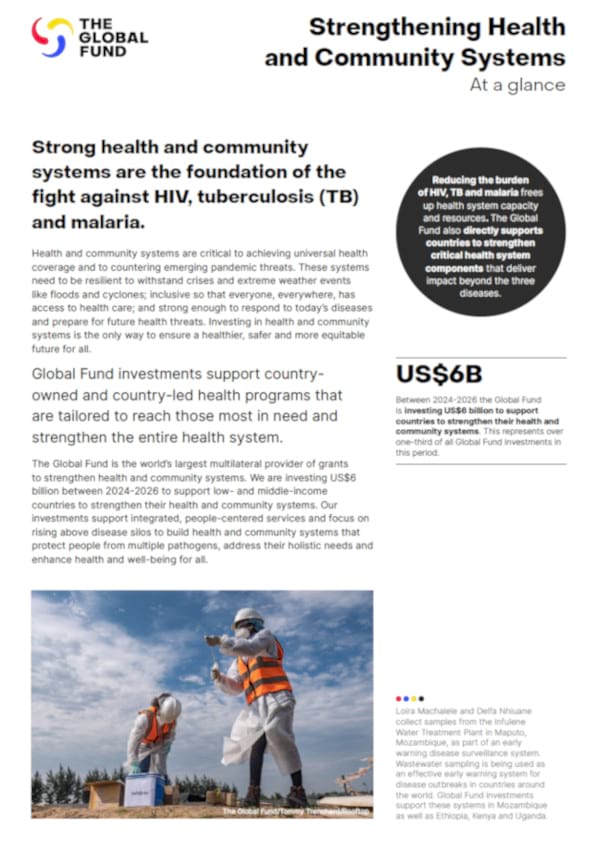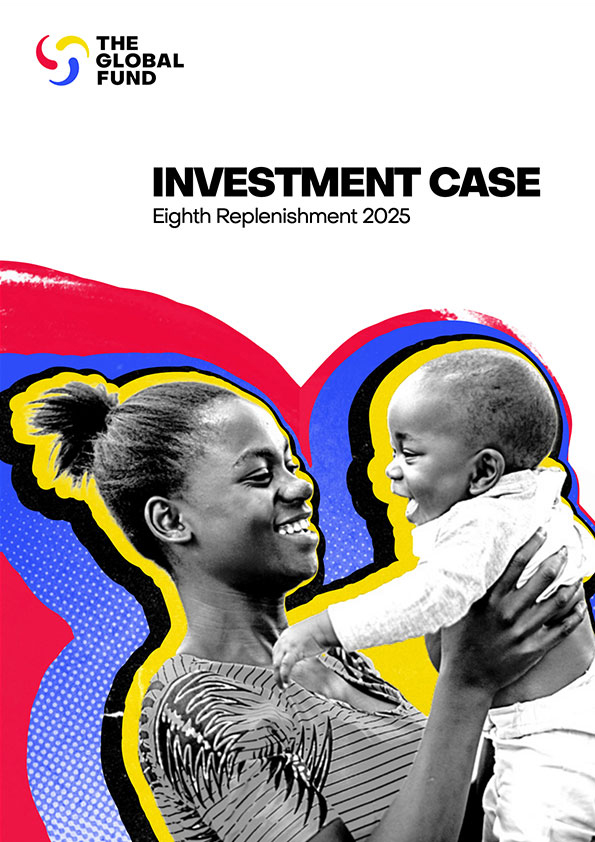New Nets Prevent 13 Million Malaria Cases in Sub-Saharan Africa
17 April 2024
Compared to standard nets, the introduction of 56 million state-of-the-art mosquito nets in 17 countries across sub-Saharan Africa averted an estimated 13 million malaria cases and 24,600 deaths.
GENEVA/LIVERPOOL – The New Nets Project, an initiative funded by Unitaid and the Global Fund and led by the Innovative Vector Control Consortium (IVCC), piloted the use of dual-insecticide nets in malaria-endemic countries between 2019 and 2022 to address the growing threat of insecticide resistance.
Anopheles mosquitoes are increasingly resistant to the pyrethroid insecticides used on standard insecticide-treated nets (ITNs). This may reduce the nets’ ability to protect people from malaria, so we must continue to develop and test new tools.
The BASF Interceptor® G2 ITNs are coated with chlorfenapyr, a new generation pyrrole insecticide, in combination with the standard pyrethroid insecticide. DCT’s Royal Guard® net incorporates a combination of pyriproxyfen and pyrethroid into the yarn of the net. Both ITNs are more effective against mosquitoes with pyrethroid resistance than standard nets are.
Between 2019 and 2022, the New Nets Project supported the deployment of 38.4 million nets across sub-Saharan Africa. In parallel, the Global Fund and PMI supported the deployment of millions of additional nets under an internal initiative (NTI). As a result, a total of 56 million mosquito nets were introduced in 17 countries across sub-Saharan Africa.
Two clinical trials and five pilot studies, delivered through the New Nets Project as well as through partner funding, found the new ITNs to improve malaria control by approximately 20-50% in countries reporting insecticide resistance in sub-Saharan Africa, compared to standard nets.
The epidemiological evidence built throughout the project led the World Health Organization (WHO) to publish new recommendations supporting the use of pyrethroid-chlorfenapyr nets instead of pyrethroid-only nets in countries facing pyrethroid resistance. WHO also issued a conditional recommendation for the deployment of pyrethroid-pyriproxyfen nets instead of pyrethroid-only nets to prevent malaria in adults and children in areas with pyrethroid resistance.
Dr. Philippe Duneton, Executive Director of Unitaid, said: “The New Nets Project has made a massive contribution to malaria control efforts, helping to accelerate introduction of next-generation bed nets – a critically important tool for reducing malaria cases and deaths. The success of this project was not guaranteed from the outset, but our collective efforts to tackle multiple access barriers simultaneously helped ensure that new nets could reach communities as quickly as possible. These partnerships will serve us well as we continue to seek out promising innovations to address challenges in the fight against malaria.”
The additional cost per case of malaria averted using the Interceptor® G2 nets compared to a standard net ranged from $0.66–$3.56* The reduction in malaria cases and deaths from using the Interceptor® G2 nets, compared to a standard net, equated to a potential US$28.9 million in financial savings to health systems.
As the number of dual active ingredient ITNs being used increases year on year, the subsequent financial savings to the health system will also increase, underlining the long-term financial and public health benefits of this additional investment.
In addition, the operational pilots also produced a set of guidelines for how to effectively incorporate these new nets into multi-product campaigns and continuous distribution.
Peter Sands, Executive Director of the Global Fund, said: “We are delighted to see that the dual active ingredient insecticide-treated nets have demonstrated exceptional impact against malaria. The success of the New Nets Project is proof that, by fostering collaboration across global health partners, harnessing innovation, and using market-shaping approaches, we can fight insecticide resistance, make our interventions highly cost-effective and accelerate progress against malaria. Together with our partners, we will continue to invest in the insecticide-treated net innovation pipeline to avert more cases, save more lives, and get back on track towards the global malaria goals.”
Catalytic market-shaping work under the New Nets Project increased supply and demand of dual active ingredient nets, ensuring equitable and affordable access to novel vector control products for country level control programs and vulnerable populations.
UK-based social finance company MedAccess and the Bill & Melinda Gates Foundation supported access to Interceptor® G2 nets in 20+ countries by providing a volume guarantee that enabled BASF to reduce the price procurers pay for the nets. This, combined with continued efforts by partners to scale the introduction of all dual active ingredient nets as they receive WHO prequalification, will help to ensure sustainability beyond the completion of the project.
David McGuire, Director Access and Market Shaping at IVCC, said: “The catalytic market-shaping work under the New Nets Project to increase supply and demand for dual-insecticide nets laid the foundation for ensuring equitable and affordable access to these novel vector control products. The NNP has demonstrated, along with the NgenIRS project, the importance and potential impact of market interventions to ensure that the most vulnerable have access to the best vector control. Similar approaches will be critical for novel products emerging from IVCC’s development pipeline.”
The evidence built through the New Nets Project for the use of the dual active ingredient ITNs is testament to the importance of product-development and catalytic market-shaping interventions to deliver and scale up high-impact, cost-effective prevention tools that meet the needs of malaria-endemic countries.
Dr. Michael Charles, CEO of the RBM Partnership to End Malaria, said: “The findings of the New Nets Project demonstrate the value of investments into state-of-the-art tools in the fight against malaria. We always say that there is no silver bullet to eliminating malaria and we cannot rely on single interventions, but rather invest in a suite of tools, which when combined, will have the biggest impact on defeating this disease. The dual-insecticide nets are a shining example of one of these tools and the results, coupled with the savings for health systems, make the case for their continued rollout globally.”
* These calculated savings are based on end-of-project pricing and differ between locations depending on local factors including local infrastructure and scale of procurement.
About The New Nets Project (NNP) and Product Information
The Global Fund and Unitaid each invested US$33 million between 2018 to 2022 to introduce new insecticide-treated nets to fight malaria-carrying mosquitoes. The New Nets Project worked to build the evidence base around, and prime the market for, the next generation of nets, which are treated with two different types of insecticide to help improve control of mosquitoes.
The project generated evidence on the efficacy and cost-effectiveness of the new dual insecticide nets to inform a WHO policy decision on dual-AI nets and guide decision-making to support national malaria programmes in decisions on which nets to prioritize in resource-limited settings. The New Nets Project – with its unique design of parallel collection of epidemiological data and cost-effectiveness studies – will significantly reduce the timeline for entry of the new nets into the market.
The U.S. President’s Malaria Initiative, MedAccess and the Bill & Melinda Gates Foundation are key operational and financial partners. A coalition led by IVCC is implementing the project, which includes The Alliance for Malaria Prevention, Imperial College London, The Liverpool School of Tropical Medicine, PATH, PSI and Tulane University.
Interceptor® G2
Interceptor® G2 is a second-generation ITN developed by BASF with a combination of chlorfenapyr and alpha-cypermethrin to control insecticide-resistant mosquitoes. This novel mode of action in vector control exploits mosquito enzymatic systems against themselves and shows no cross-resistance to other insecticide classes. Unlike pyrethroids, the chlorfenapyr target site of activity is not the insect nervous system. Instead, chlorfenapyr acts, after being metabolized by P450 enzymes at the cellular level, by disrupting respiratory pathways and proton gradients through the uncoupling of oxidative phosphorylation within the mitochondria. The Interceptor® G2 net has a WHO prequalification listing.
Royal Guard®
Royal Guard® is an ITN developed by Disease Control Technologies to provide vector control through both the personal protection of traditional mosquito knockdown and mortality, as well as a reduction in fecundity of any mosquitoes that manage to survive exposure to the product’s pyrethroid active ingredient. The intended benefit of the insect growth regulator, pyriproxyfen, is to reduce the fecundity of adult female mosquitoes and, therefore, yield an overall reduction in the vector population by inhibiting egg laying, larval-pupal transformation and the emergence of functioning young adult mosquitoes. The Royal Guard® net has a WHO prequalification listing.
About IVCC
IVCC is the only Product Development Partnership (PDP) focused on solutions for vector control. IVCC was established in 2005, through an initial grant to the Liverpool School of Tropical Medicine (LSTM) from the Bill & Melinda Gates Foundation. As a registered charity in the UK, IVCC receives grant funding from the Bill & Melinda Gates Foundation, UK Aid, USAID, The Swiss Agency for Development and Cooperation and the Australian Department of Foreign Affairs and Trade to partner with different stakeholders across industry, scientific institutions and endemic countries to facilitate the development and availability of novel and improved public health insecticides and formulations which can combat the rapidly growing. problem of insecticide resistance. In addition, IVCC has received funding from Unitaid and the Global Fund to implement catalytic market access projects, such as NgenIRS and the New Nets Project, which support the rapid and scaled deployment of vector control tools. IVCC has three core values of partnership, innovation and respect, and strives to live these values in our dealings with all partners.
About Unitaid
Unitaid saves lives by making new health products available and affordable for people in low- and middle-income countries. Unitaid works with partners to identify innovative treatments, tests and tools, helps tackle the market barriers that are holding them back, and gets them to the people who need them most – fast. Since it was created in 2006, Unitaid has unlocked access to more than 100 groundbreaking health products to help address the world’s greatest health challenges, including HIV, TB, and malaria; women’s and children’s health; and pandemic prevention, preparedness and response. Every year, these products benefit more than 170 million people. Unitaid is a hosted partnership of the World Health Organization.

